Posted on 9/16/2023
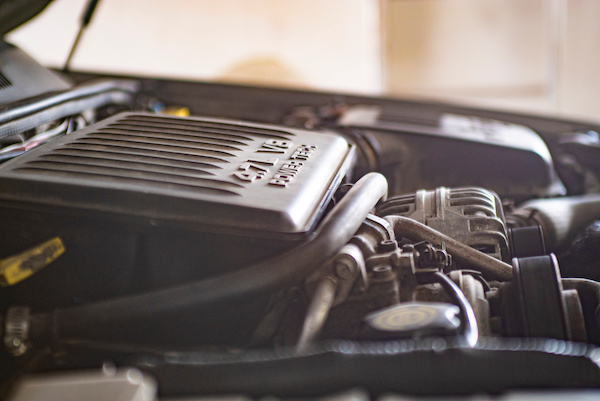
If you have ever heard of a Hemi engine, you probably only know that it's put in the fast muscle and race cars or something along the lines. Well, partially true it's also used in a lot of other vehicles. That's because it pushes a lot of horsepower while being just like a normal engine - with a slight change hinted at in its name. Read along to find out what Hemi stands for and its pros and cons. Hemi Engines Explained The Hemi or Hemispherical V8 engine differs from all other engines with its cylinders' shapes. The top of the cylinders is a flattened hemisphere at the center, which is a spark plug, fuel/ air injectors, and an exhaust valve. This particular shape provides a much lower loss of heat, therefore, more power. The first Hemi engines were equipped with hemispherical cylinders, which were not that good. That's why today's Hemis have a flatter cylinder design than their predecessors. The first one was introduced in 1953 on the Dodge Red Ram, fo ... read more
Posted on 8/15/2023
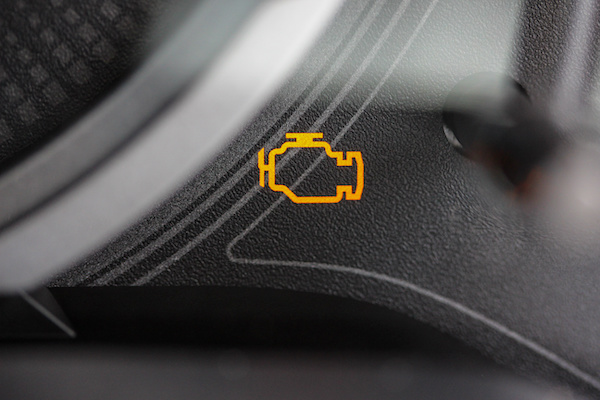
A vehicle's check engine light (or "service engine soon" light) usually indicates a problem with the ignition, fuel, transmission, or exhaust system. Often, it comes on for one of the following problems below: Gas Cap This is the easiest and quickest fix, which is why most people hope that is why their engine light came on. When you forget to screw your gas cap all the way, or it is damaged, your car will detect a “leak”. The cap is supposed to keep the fuel vacuum sealed. Spark Plugs Worn spark plugs or plug wires can initiate the check engine light. These are necessary to ignite the engine. If they’re over 100K miles, your car is most likely due for new ones. And you may experience misfires until you replace them. Mass Airflow Sensor This component measures the amount of air entering the engine to ensure the right fuel-to-air ratio gets burned. If this sensor is on its las ... read more
Posted on 7/13/2023
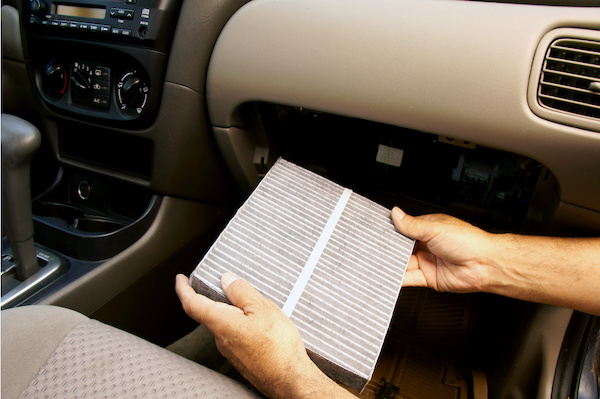
When it comes to auto maintenance, most drivers tend to forget or not bother with replacing their filters, specifically the cabin air filter. Even though this filter doesn’t directly affect your vehicle’s functionality, it can cause an unfavorable atmosphere inside your car. Here are several reasons why you should change your cabin air filter on time: Bad Odors - Since the cabin filter is responsible for keeping out dirt, dust, and other pollutants, leaving it to build up can cause a stench. It might smell musty and overall unpleasant whenever you turn on the A/C or heat. Therefore, changing your cabin air filter can help deliver odorless, clean air to the passenger cabin. Increase Allergies - Air filters trap pollen and dust, which can be harmful to you. If you or your family members have sensitivities to these air pollutants, it can be very uncomfortable for you or them to be inside the car. Foggy Windows - A dirty cabin filter will clog up the HVAC system. Therefore ... read more
Posted on 6/27/2023

Worn tires are not only an inconvenience but can cause accidents if left unchecked. But don't worry, we will share with you the top 5 signs that your vehicle needs new tires, and what you can do about it! 1. Tread Wear One of the most common indicators that you need to retire your tires is tread wear. Worn tire treads can pose serious problems, especially in severe weather conditions such as rain and snow. The tread of the tire allows water and slush to escape and allow the rubber to meet the road. Worn tires have shallow tread or no tread at all and are less effective at evacuating water from the contact patch. This leads to hydroplaning, where the tire floats on top of the water, and loss of control. The tread wear can be checked by locating the tread wear indicators, small bars inside the tread. When the surface of the tire is even with these bars, it is time to replace the tires. Tread depth inspection is a crucial part of road safety. 2. Tire P ... read more
Posted on 6/26/2023
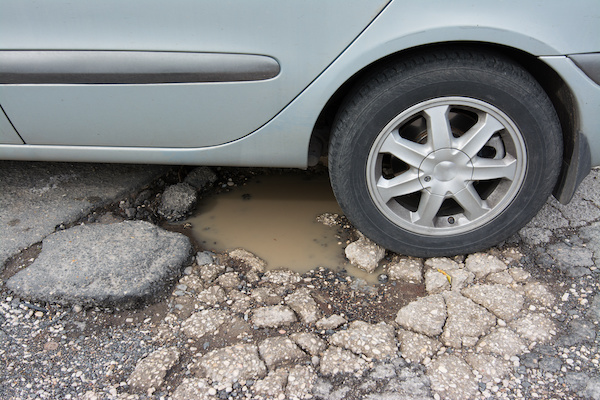
Pothole damage is a common road hazard that can cause damage to your vehicle. However, the damage may not be obvious. Say you nicked a porthole, just barely, or hit one straight on. Regardless, your vehicle could sustain some damage. But the intensity will depend on your speed during impact and the pothole's depth. Either way, these damages, whether obvious or hidden, can have long-term effects. Potential Potholes Damages 1. Wheel Bearing Damage Wheel bearings can fail following hitting a pothole. When your vehicle's tire goes into a pothole, the wheel bearing jolts, causing a minor indention to the bearing races. If unnoticed, the bearing grease will have turbulence over the area, causing less lubrication. Ultimately, the lack of lubrication will lead to wheel bearing failure. 2. Suspension Damage A severe pothole can damage the components of your car's suspension system. A pothole can impact components including ball joints, sway bar links, control arm bus ... read more
Posted on 6/10/2023
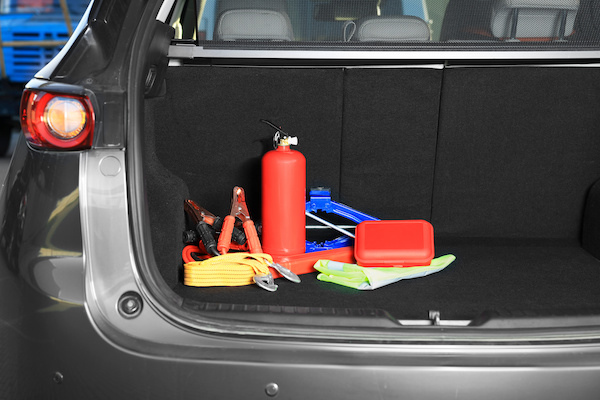
The open road beckons, and with summer just around the corner, it's the perfect time to embark on unforgettable road trips. As you plan your adventures and chart your routes, it's crucial to prioritize safety and preparedness. One of the best ways to ensure your peace of mind is to assemble a well-stocked car emergency kit. Here are our top must-have items for a prepared emergency kit. Item #1: First Aid Kit Safety should always be your top priority. A comprehensive first aid kit is a must-have in any car emergency kit. Be sure to include bandages, gauze pads, adhesive tape, antiseptic wipes, pain relievers, and any personal medications you or your passengers may need. Item #2: Jumper Cables A dead battery can quickly put a damper on your road trip plans. Ensure you have a set of quality jumper cables in your emergency kit to jump-start your vehicle or lend a helping hand to fellow travelers in need. Additionally, please familiarize yourself with the proper procedure ... read more
Posted on 12/21/2022
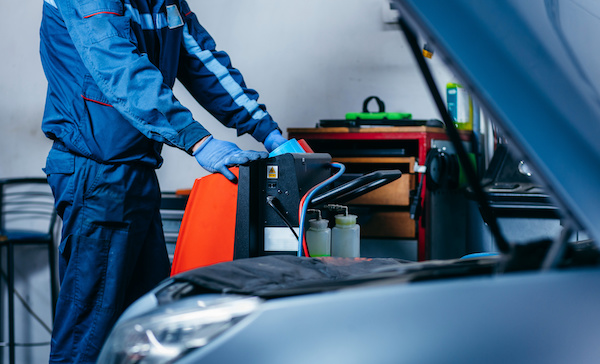
To drive smoothly and seamlessly, your car’s engine needs to stay at a stable temperature range. To make that happen, a fluid called coolant/antifreeze gets pushed throughout the engine to regulate the temperature. Unfortunately, the coolant doesn't stay effective forever. Over time, contaminants and grime can build up in the cooling system. A coolant flush can solve this problem and protects the engine from corrosion, keeping it in the best shape possible. Besides a simple inspection, how can you tell when you need a coolant flush? Low Coolant You can pop open the hood and visually check your coolant levels. If the fluid looks too low, you may have a leak. Be sure to check if any bright-colored fluid is around or under your vehicle. We can also check for you when bringing your vehicle into Airpark Auto Pros. Bad Coolant Quality Another sign that may trigger a need for a fluid flush is if you find the coolant to be contaminated or discolored. Eng ... read more
Posted on 9/29/2022
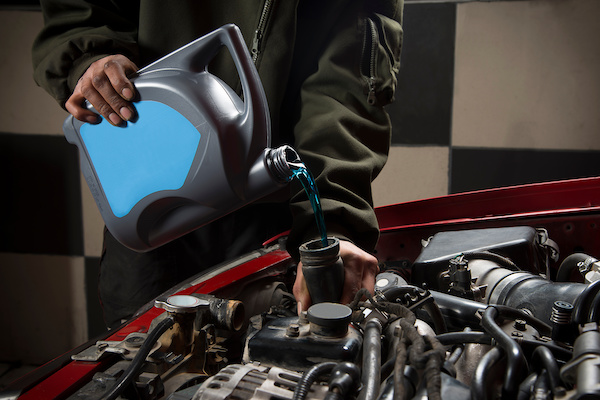
The cooling system is a vital system in our automobiles – it keeps the engine safe and operable by stabilizing its temperature. A key part of the system is coolant/antifreeze. Over time, the solution will break down and become less effective at cooling. Can Coolant Expire in the Bottle? When you buy coolant at an auto supply shop, it typically has a shelf life of 1-5 years, depending on the product. The manufacturer is required to put an expiration date on the bottle, so don’t worry if you forget. Always look at the expiration date before adding the solution to your car. Can Coolant Expire in a Car? Coolant degrades over time in your engine. As it flows in and out of the engine, it can pick up metals, dirt, and debris. Most automakers recommend flushing your coolant every 30,000 miles. Dirty coolant can corrode cooling system components and cause leaks. Old and ineffective coolant can also have a reduced boiling point, which can lead to engine overheating. Signs ... read more
Posted on 8/24/2022
.jpeg)
The braking system is a critical part of the overall safety of your car. That is why it is so important to regularly inspect and service it when necessary. Keep an eye out on the top 7 signs of brake problems so that you can keep you and your loved ones safe: 1. Spongy Brake Pedals - Spongy or soft brake pedals are an indication that you have a brake fluid leak. In some cases, it means you have air or water in your brake lines. 2. Pulling Left or Right - If your vehicle pulls to one side of the road when you decelerate, it can be caused by sticky calipers, worn pads, low brake fluid or air in your brake lines on one side. 3. Grinding Sounds - Any unusual sounds that your brake makes signal a worn part. For example, brake pads have wear indicators that squeal when they’ve worn down to a certain point. If they sound like grinding, there might be no more pad material left. 4. Vibrations When Braking- When brake rotors get too hot, they are at risk of ... read more
Posted on 7/27/2022
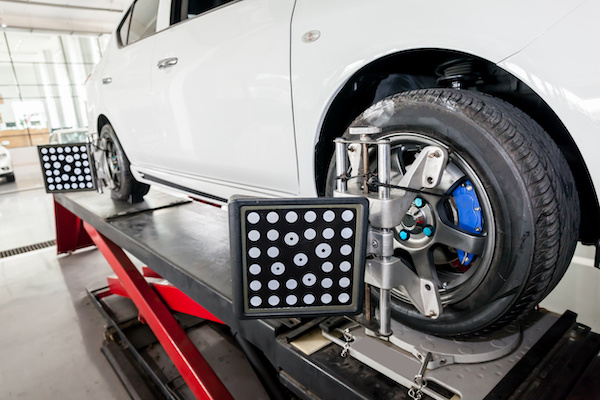
Do your vehicle's tires need aligning, balancing, or both? Although the two processes are often carried out at the same time, they're two different procedures that together help to ensure your tires operate optimally. What is Wheel Alignment? The wheels on your vehicle are angled to provide the best balance of grip, safety and tire longevity. Over time, mainly if the vehicle is driven over rough, uneven surfaces, the tires can gradually move out of alignment. Poorly aligned tires may cause: Uneven tire wear. Steering that pulls left or right The steering wheel isn't straight, even when the vehicle is driving in a straight line. Problems with braking and handling. What is Tire Balancing? A tire should have the same amount of load at the base at every stage of its revolution. Tires that are worn unevenly, damaged tires, or tires that have been kept on a stationary vehicle for a long period of time are all likely to develop an uneven weight profile. Even new tires have ... read more